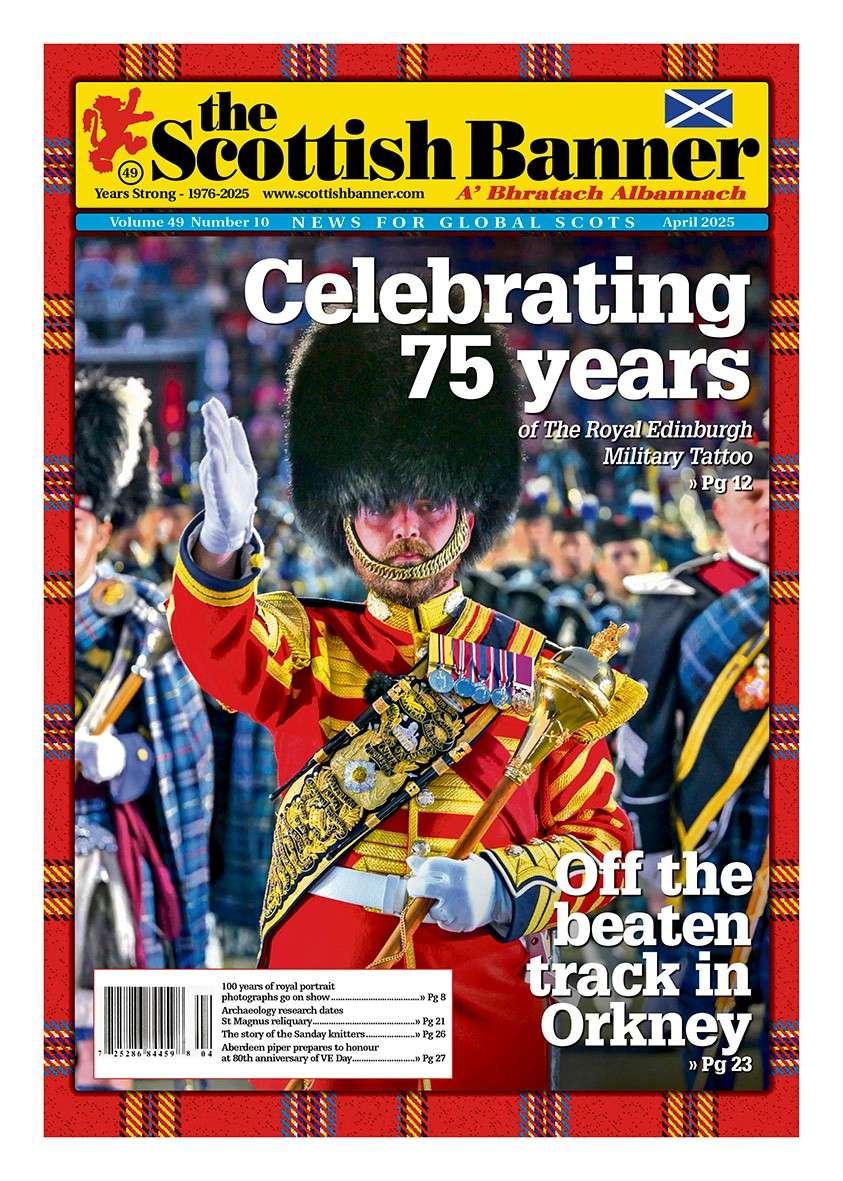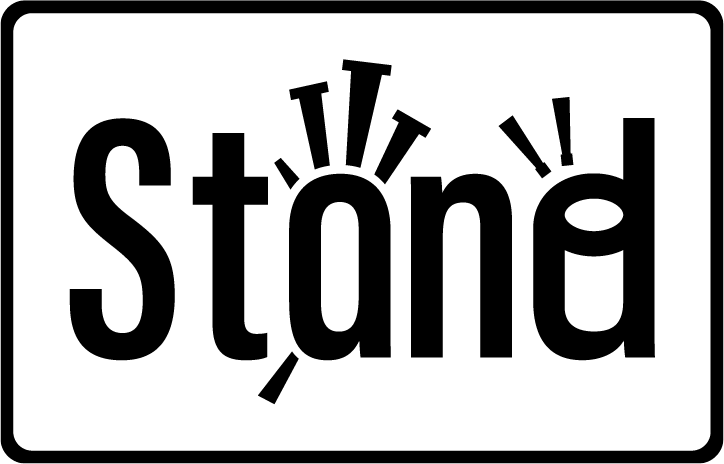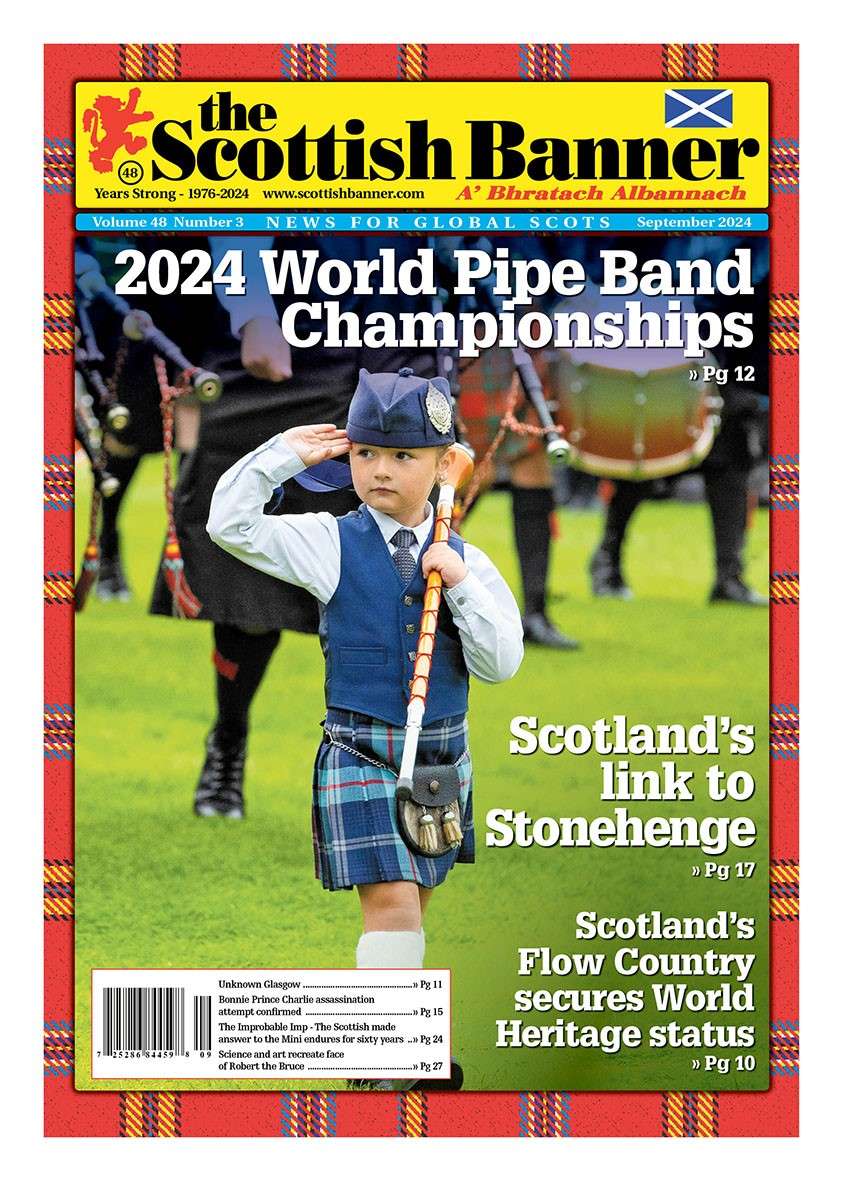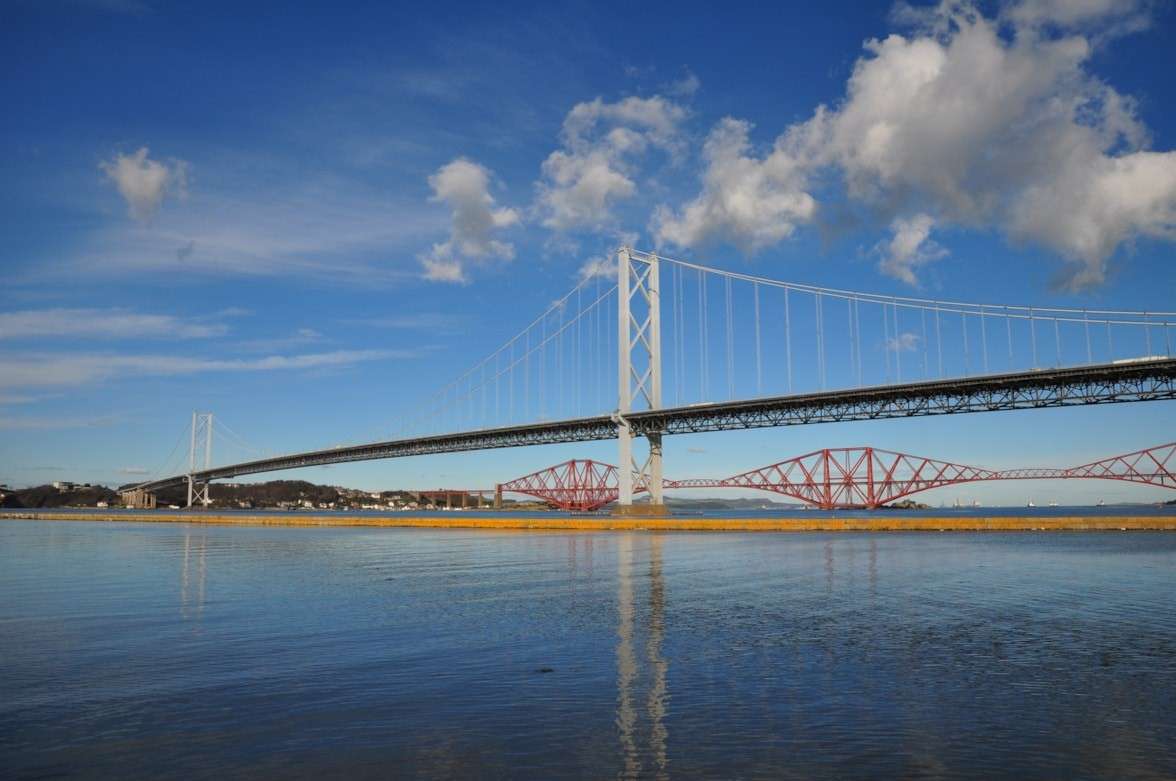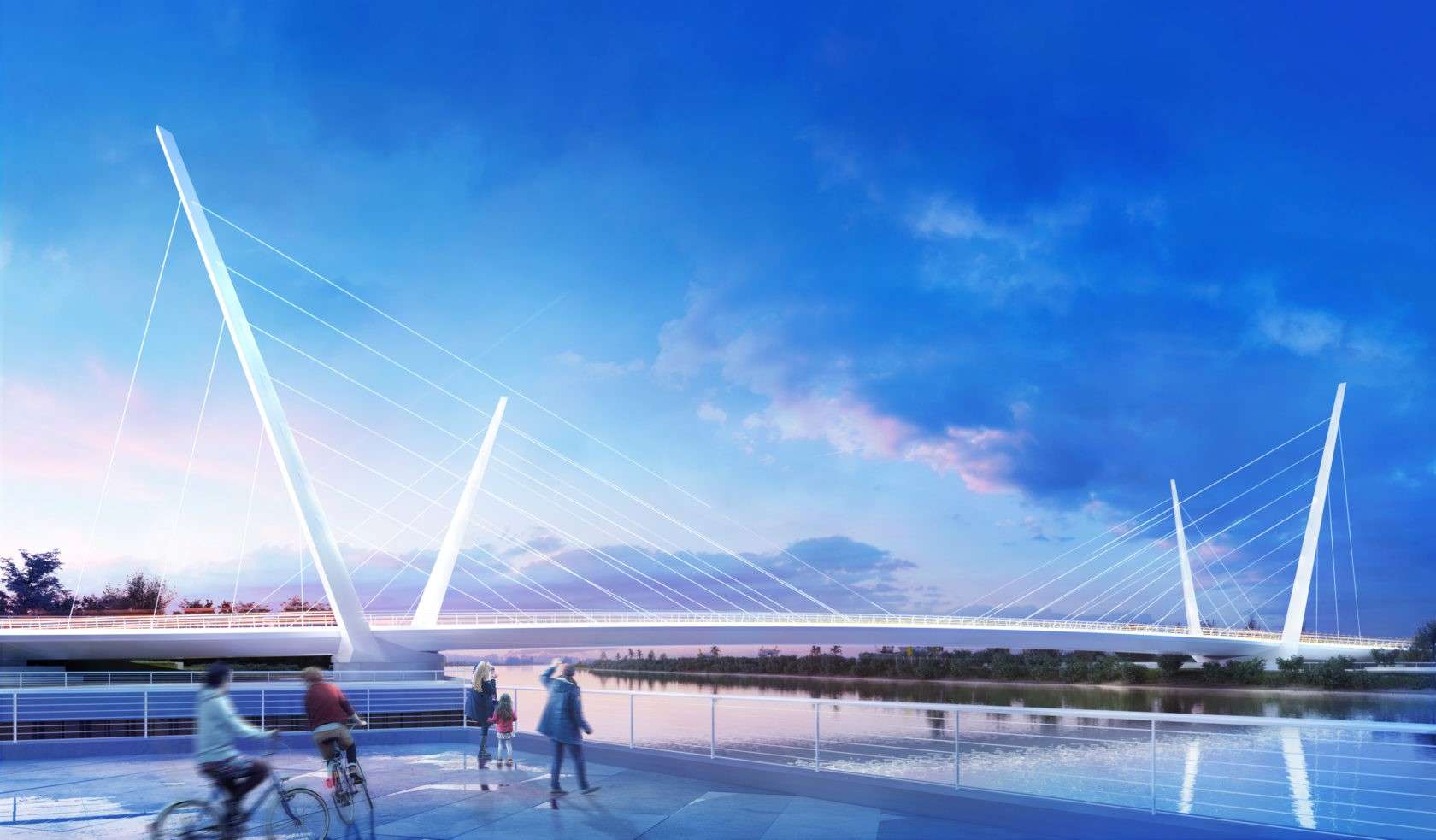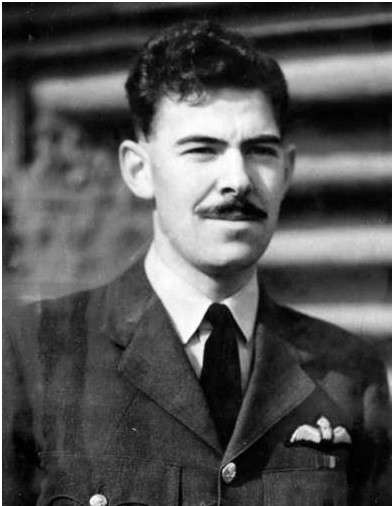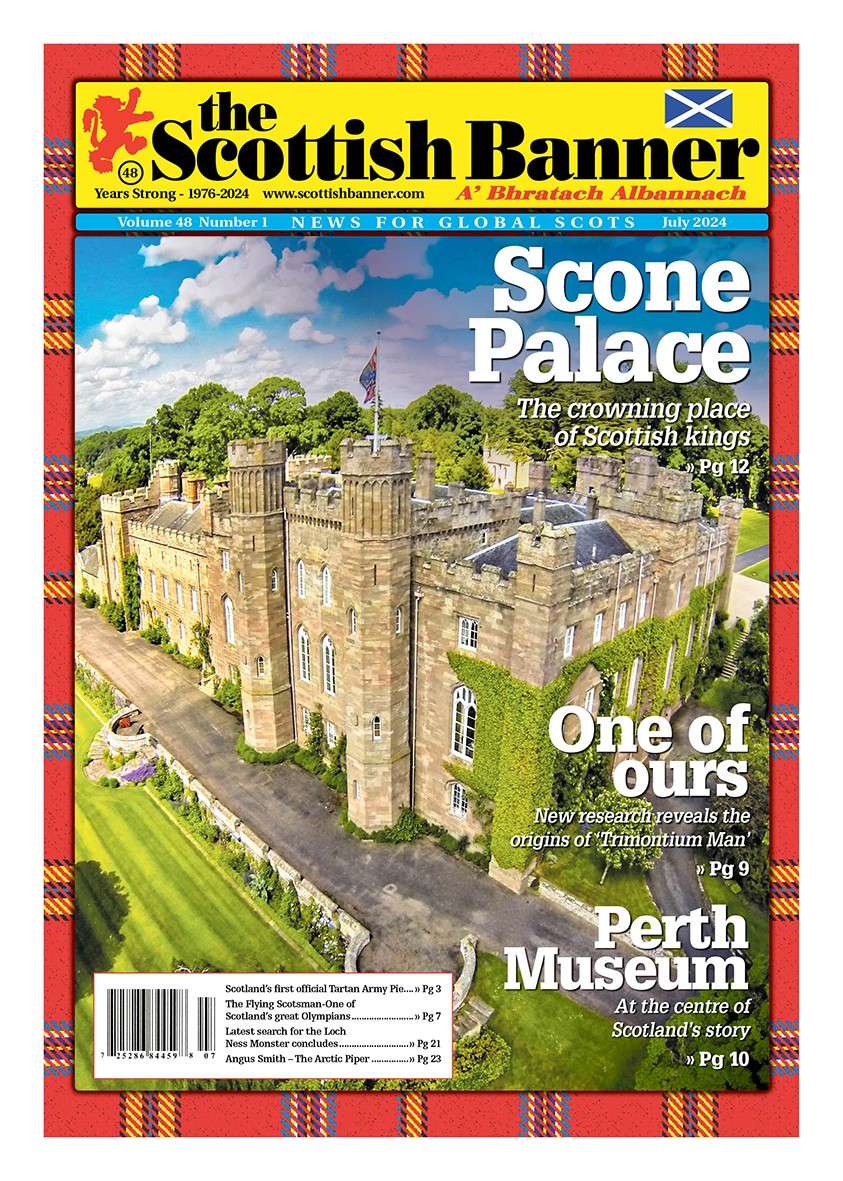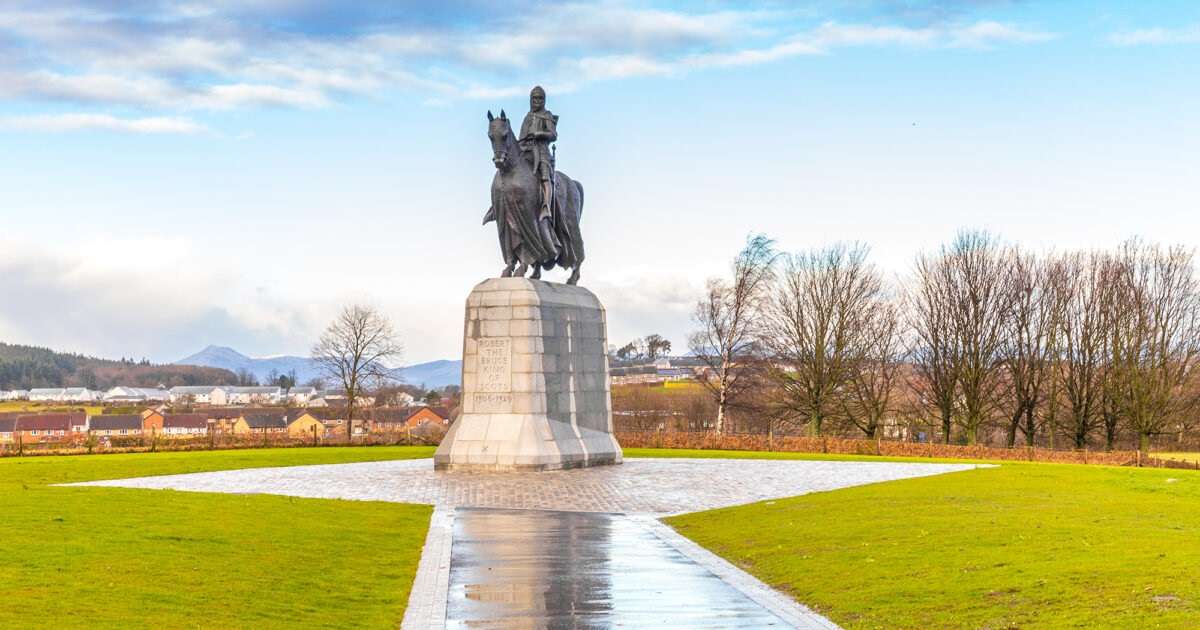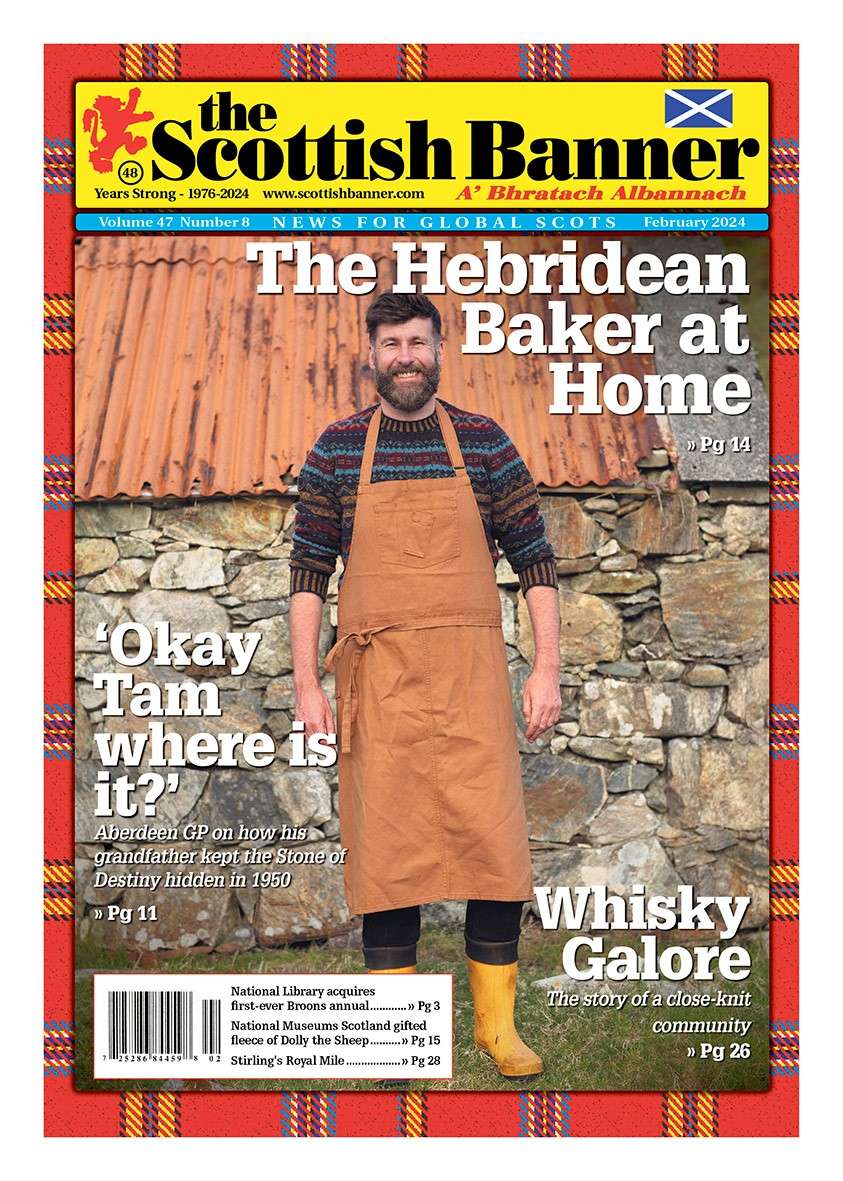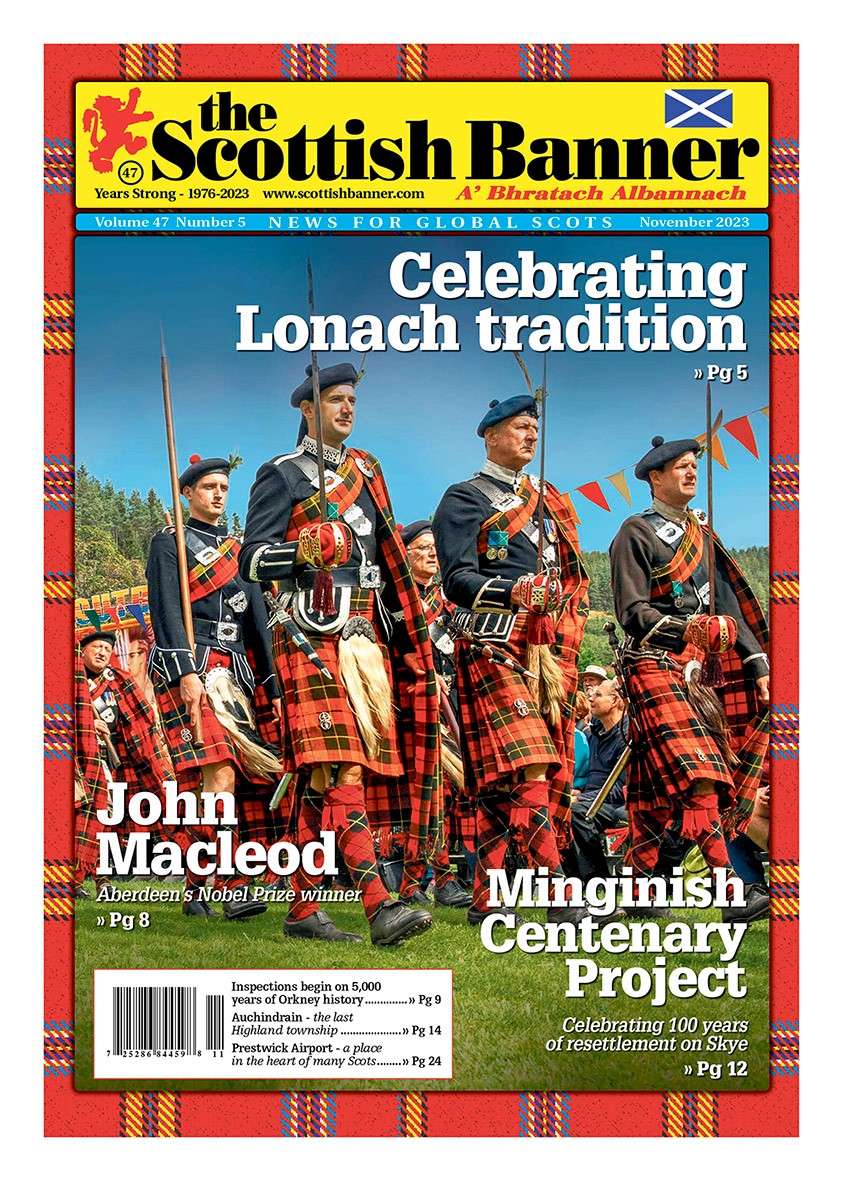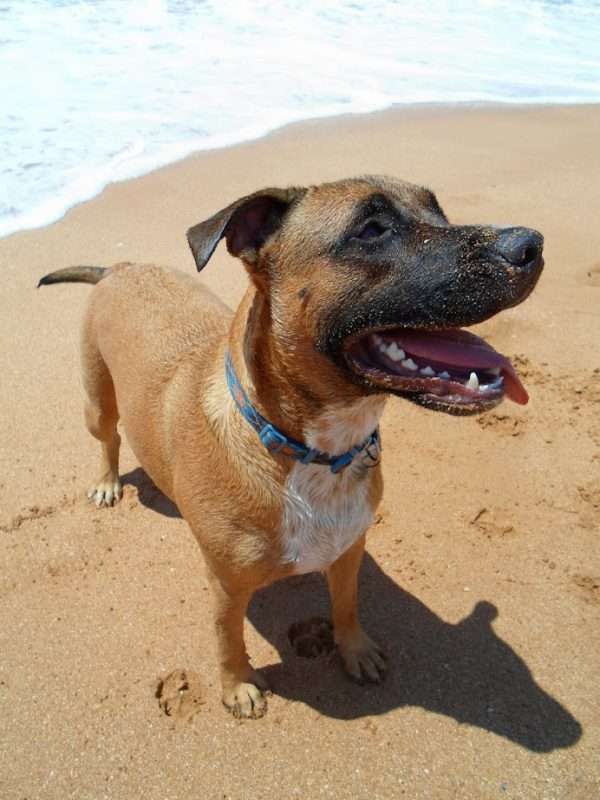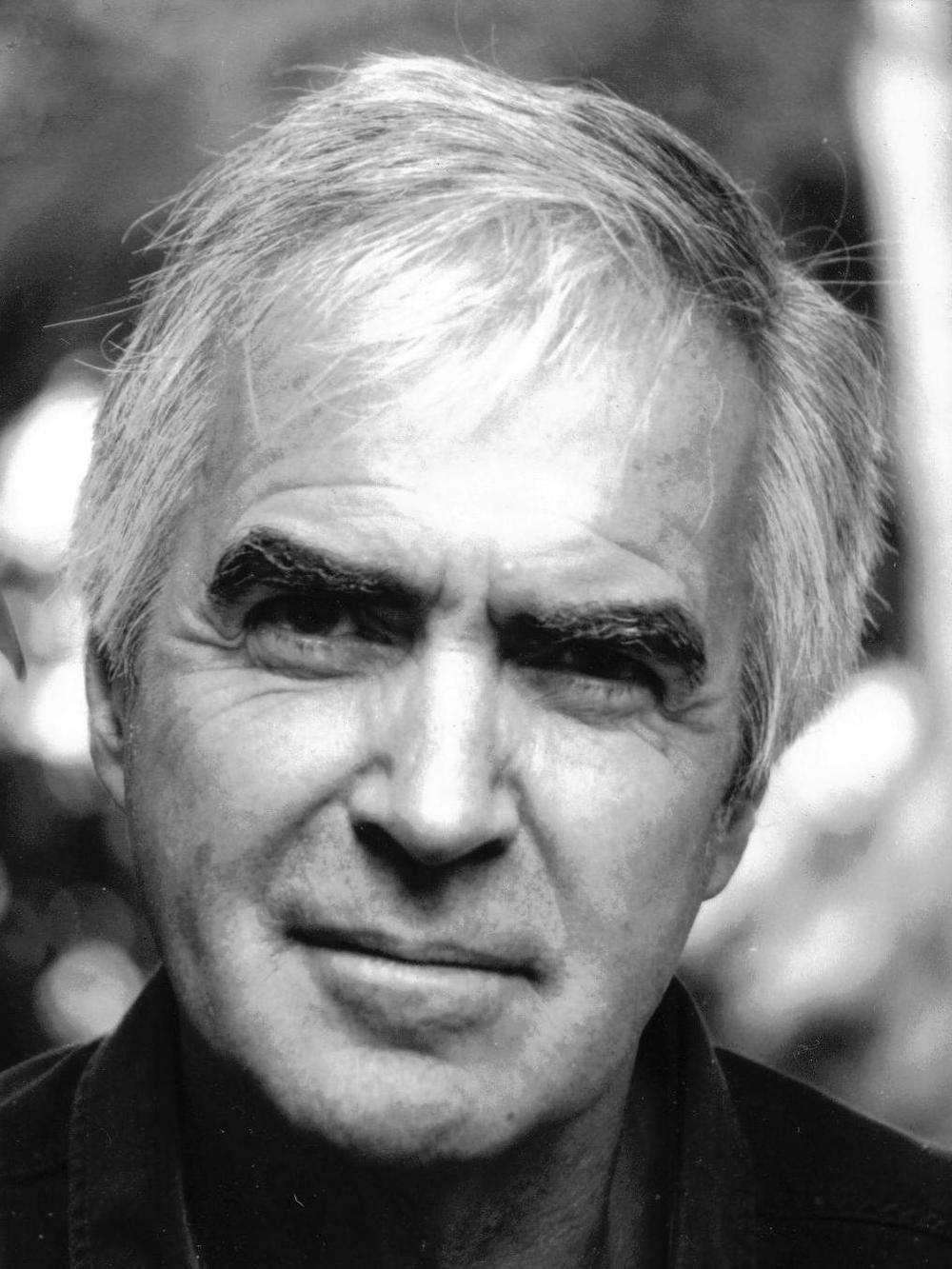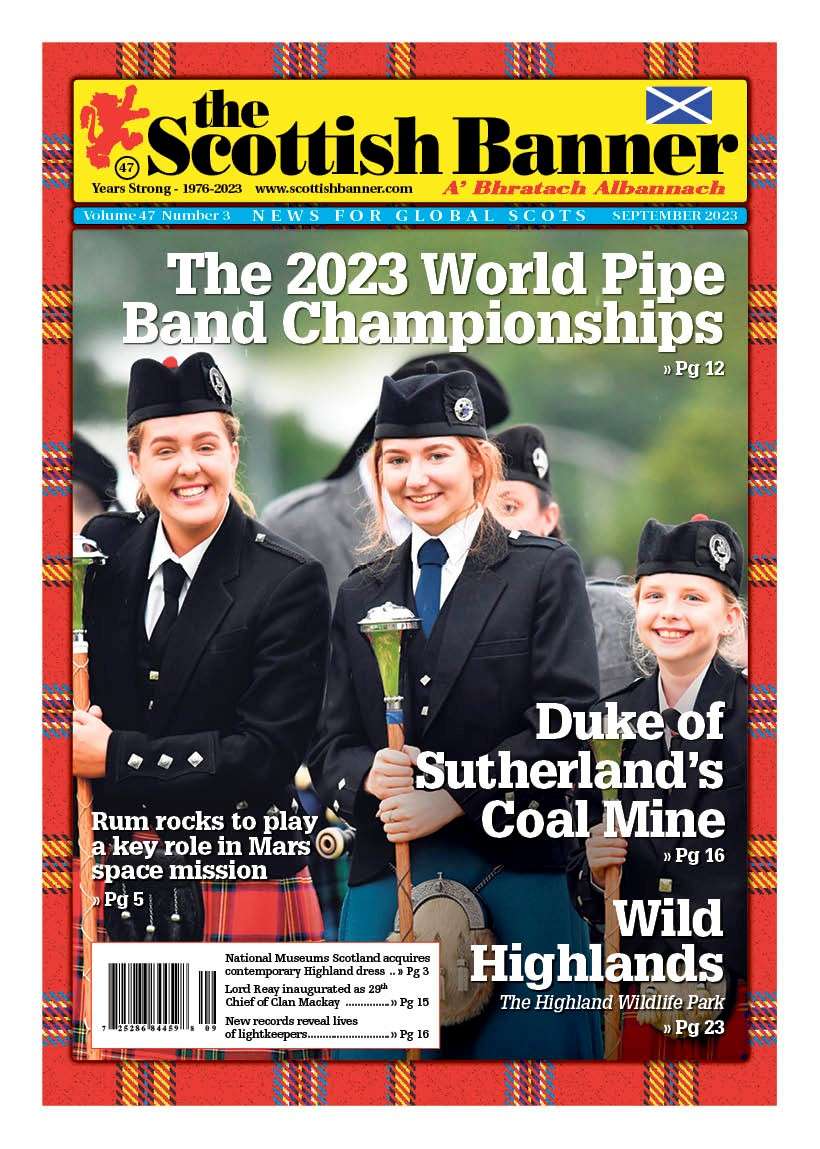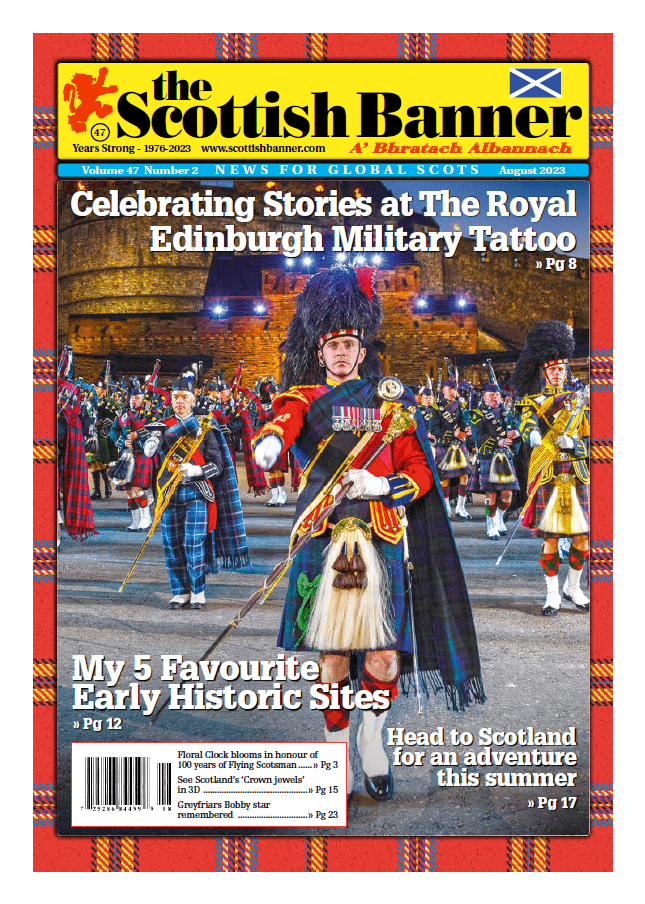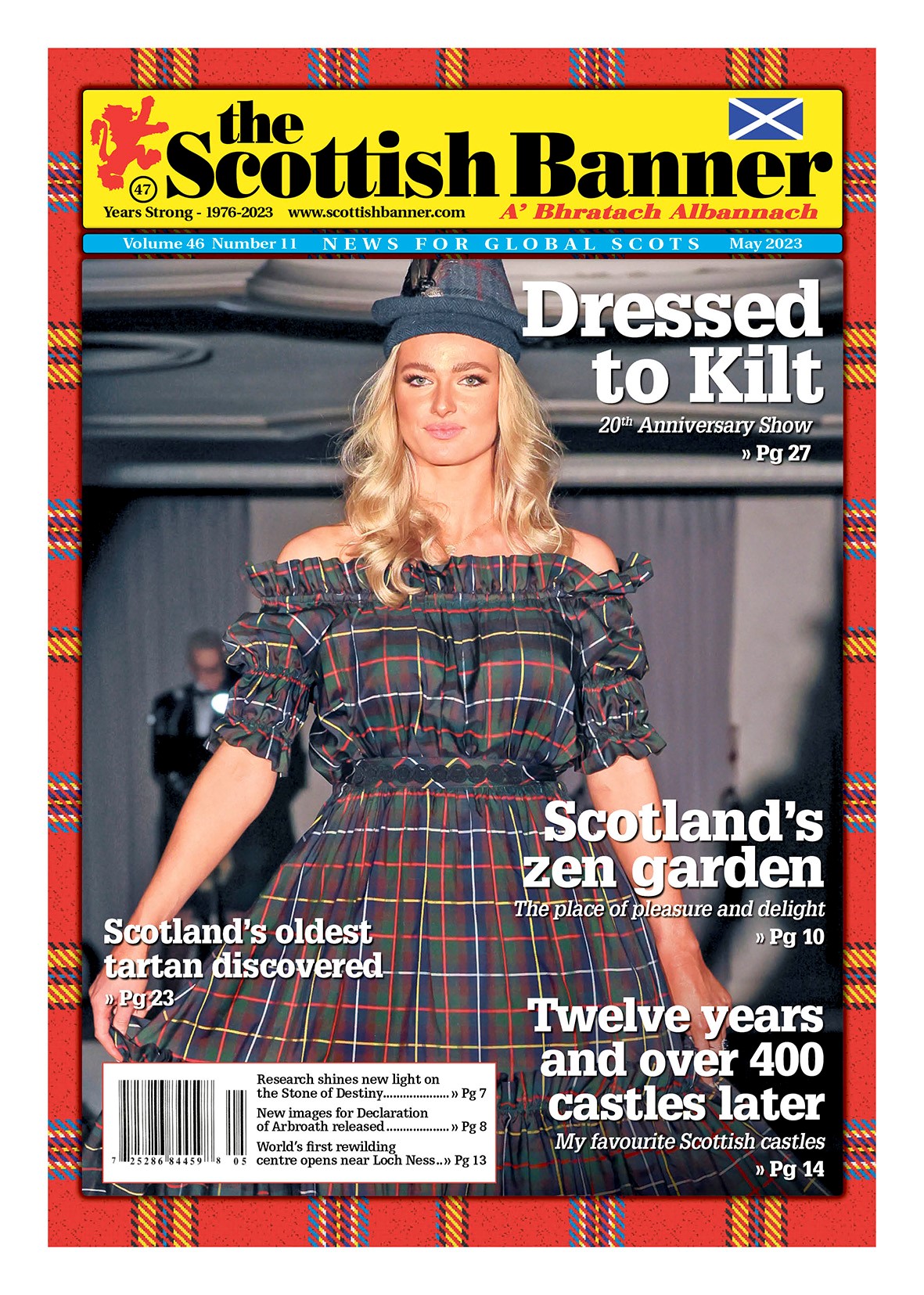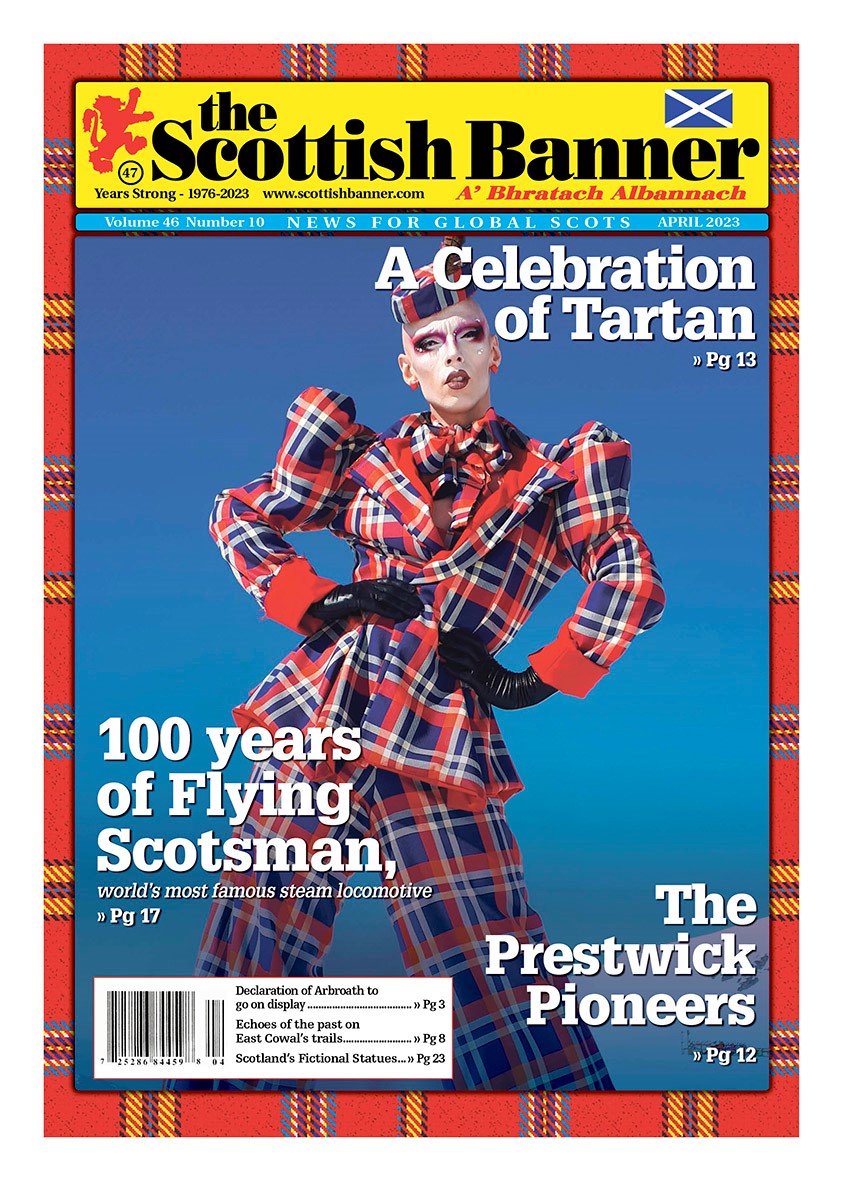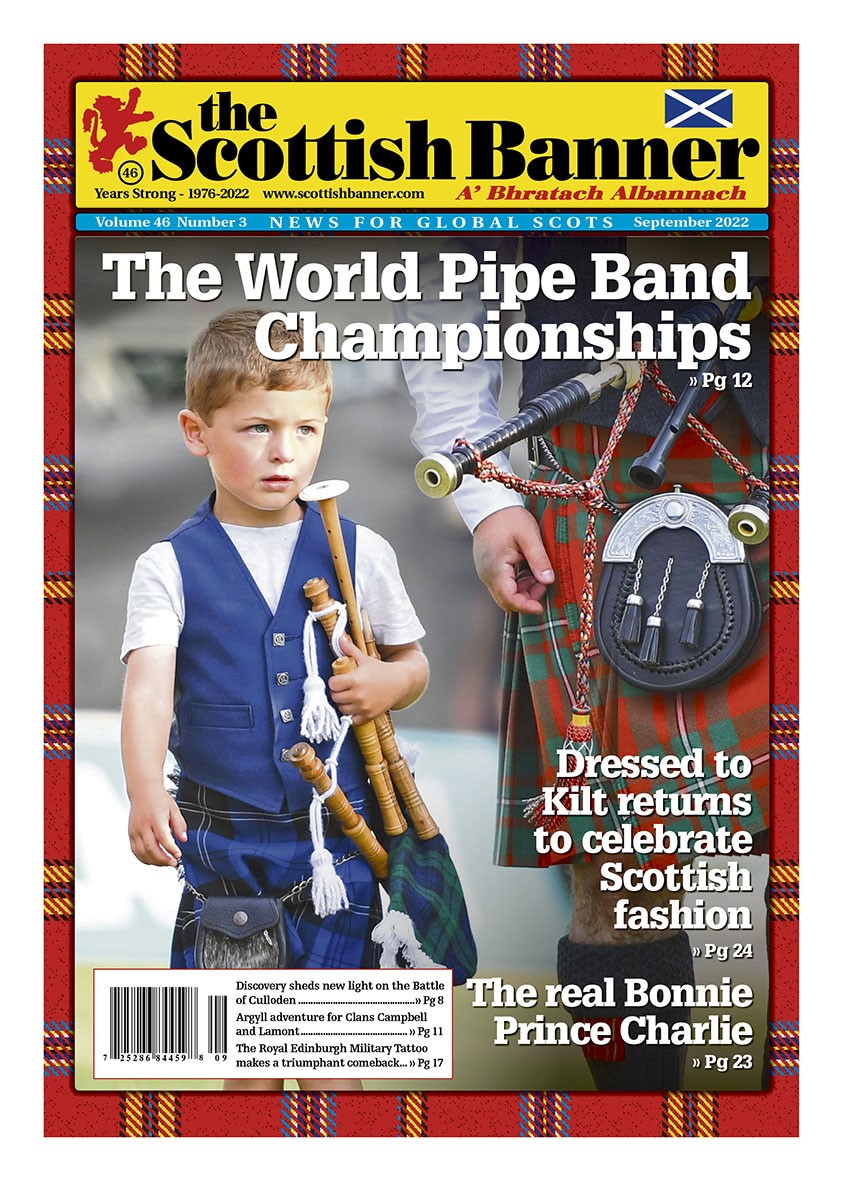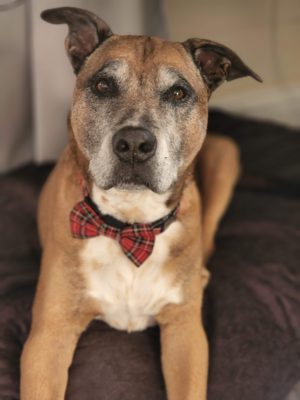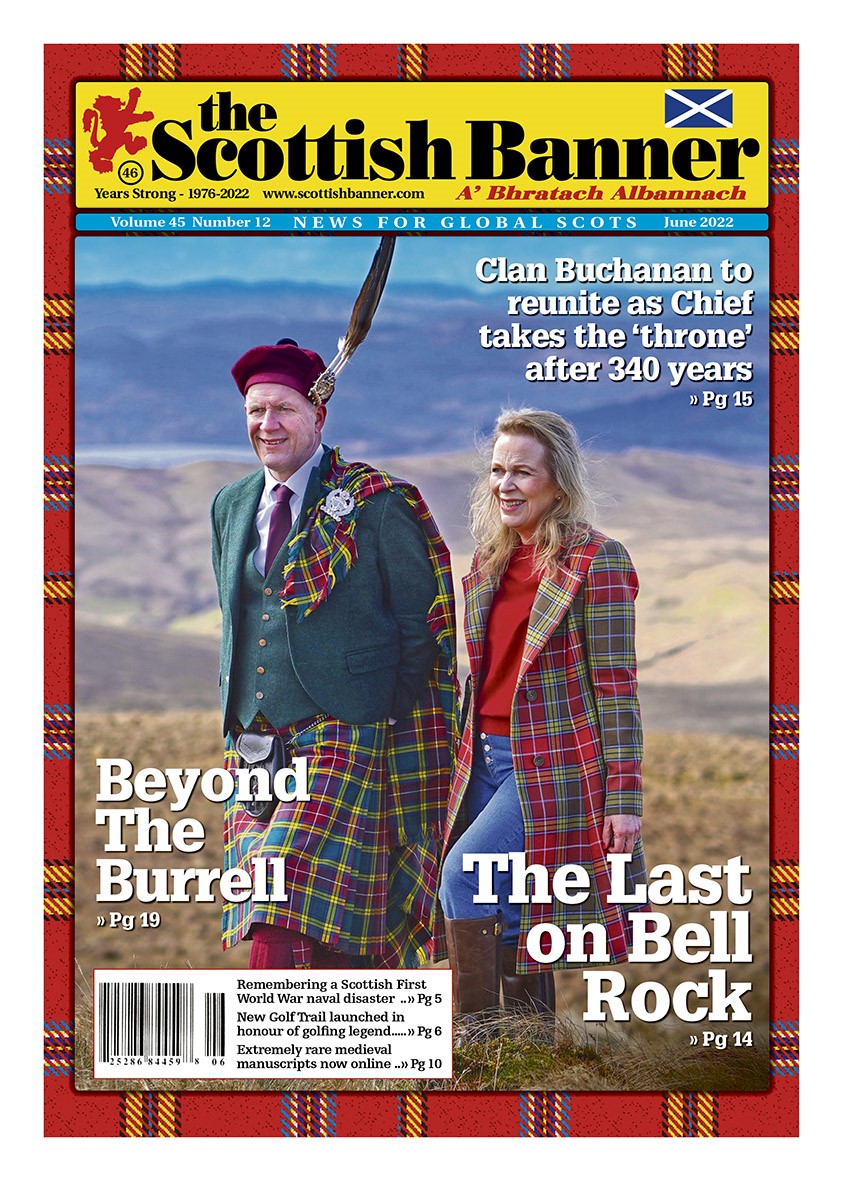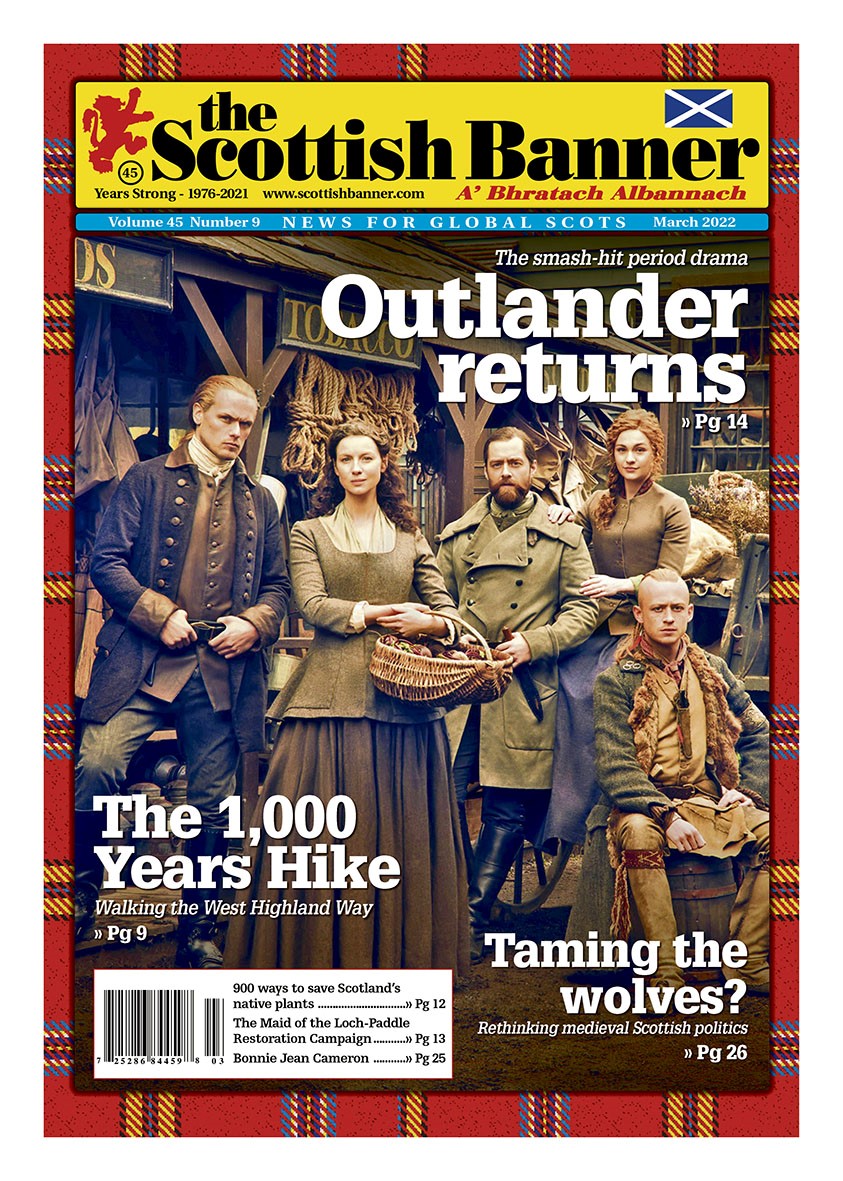May 2025 (Vol. 48, Number 11)
The Banner Says…
Big news for Scotland in Miniature
-

Highland Dance in New York’s Times Square. Photo courtesy: The Royal Edinburgh Military Tattoo.
I remember the very first time I stepped foot on the Isle of Arran, it was a misty autumn morning when I got off the ferry to explore the island which sits just off the Ayrshire coast. Many travelling around the Ayrshire mainland will have no doubt have seen Arran in the not too far distance. Getting there is really easy, and close, but at the same time it really is a world away from many other parts of Scotland.
Arran is in fact the largest island in the Firth of Clyde and the seventh largest island in all of Scotland and has the unique and fitting nickname as ‘Scotland in Miniature’. Arran offers a blend of the Scottish Lowlands and Highlands as it sits on the Highland Boundary Fault and provides a diverse range of topography, fauna and flora. From rugged mountains to lush valleys, a stunning coastline, wildlife and even quite a bit of historical sites there is much to keep any visitor busy.
Arran is Scotland’s only island which has the ‘Big Five’ wildlife (red squirrel, red deer, golden eagle, otter and harbour seal), an array of bird life with over 150 different species calling it home, as well as a huge variety of marine life from basking sharks to dolphins and whales.
UNESCO Global Geopark
The Isle of Arran has recently been recognised by the United Nations Educational, Scientific and Cultural Organisation (UNESCO) and awarded as the UK’s 10th Global Geopark, and only the third in Scotland. As a UNESCO Global Geopark, the Isle of Arran will focus on promoting geotourism, environmental awareness and community engagement.
The Arran Geopark will offer visitors a range of activities and educational programs and also initiatives to maintain and protect this beautiful natural environment for generations to come. Arran Geopark joins the North West Highlands Geopark and Geopark Shetland in Scotland as places of outstanding geological heritage value and its benefit to local people through tourism and education. Scotland is known the world over for its natural beauty and Arran certainly punches above its weight in that as the island offers not just rich biodiversity, but it is set amongst dramatic cliffs, stunning beaches and rugged landscapes.
In this issue
A follow on from last month’s interview with the CEO of The Royal Edinburgh Military Tattoo as this iconic event celebrates its 75th anniversary. A team from The Tattoo last month travelled to the US to feature in some Tartan Day events and share our incredible Scottish culture and traditions with US audiences which we are featuring in this edition.
I have done quite a bit of train travel around Scotland and one of my favourite things to do as I roll across the rural landscape is to take in the many sheep which can be found across the countryside. They stand out across the green fields of Scotland but what do we know of the background of sheep in Scotland? This unique topic has been highlighted in this edition, and we hope you enjoy learning about their unique role in Scottish history.
Glasgow Art School graduate Dudley D Watkins may not be a name which jumps out for many, however he has had a big impact on many Scottish children. Known as a pioneer for modern British comics Watkins created Scottish classics such as The Broons, The Dandy and Oor Wullie. Dudley D Watkins worked at Dundee’s DC Thompson for 40 years and entertained and inspired generations of kids, and adults, and it is our pleasure to highlight him in this issue.
Arranach’s
Whilst the Isle of Arran has rightly been recognised by UNESCO for its rich biodiversity and incredible landscapes it also offers some outstanding visitor attractions. As you would expect from a place called ‘Scotland in Miniature’ the island boasts castles (a visit to Brodick Castle is a must), whisky distilleries, the prehistoric standing stones of Machrie Moor, Neolithic chambered cairns and the Arran Heritage Museum which showcases the social history of this incredible island.
It is often mentioned Arran is a great day trip from Glasgow, which can be done, but a few days on the island can also be filled quite easily. The island’s cultural traditions are also maintained by the locals, known as Arranach’s, who enjoy a slower pace of life amid a temperate climate and known for their friendliness. The local paper on the island of course strikes a chord for me as The Arran Banner last year celebrated its incredible 50th anniversary in keeping locals and visitors up to date.
I also recall a lady telling me she went to Arran to specifically purchase a sweater and only then realised Aran Sweaters come from the islands off the Irish coast, not Scotland. However, the various villages around the island will offer great and fresh produce and food, pubs and businesses and a welcoming smile. Perhaps if you choose to visit you too will get a smile from experiencing all that ‘Scotland in Miniature’ offers…
Have you been to the Isle of Arran or would like to visit? Do you have you any comments from the content in this month’s edition? Share your story with us by email, post, social media or at: www.scottishbanner.com/contact-us
#ScottishBanner, #TheBanner #NewsForGlobalScots
The Scottish Banner is more reliant than ever on our readers helping us to provide you with our unique content by buying a copy of our publication, regardless if by print or digital subscription or at a retail outlet.
We appreciate your support and hope you enjoy this edition.

